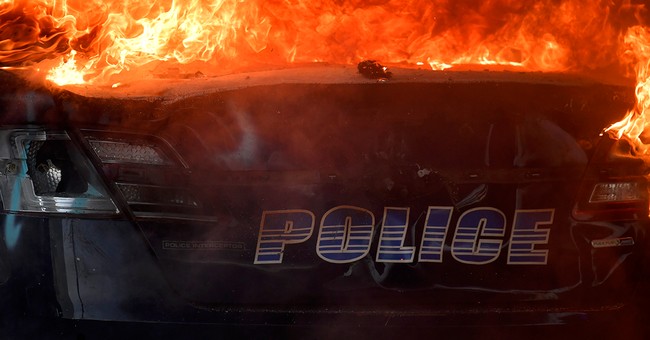
In 2008, I was covering a small protest in a small Louisiana town.
The protest was over talk of the city bringing back a statue known as “Uncle Jack,” but more commonly referred to by the implication it carried – The Good Darky.
The statue became a symbol of racism in that town, as the implication was that this “good darky” was tipping his hat to the white merchants and shoppers of the main street in the town. It was eventually removed from there and stored by the sculptor’s daughter in a barn before eventually making its way to a museum in Baton Rouge.
To be fair, the city was not bringing it back home to place it prominently again. The idea was to enter talks to bring it to a museum, where it can be viewed at home as the antiquated ideal it is. But, that did not stop the rumors from flying. Eventually, people believed the plan was to put it on Front Street again, and everyone got very angry over it. The city government hadn’t even entered talks to try and bring the statue back, much less plan where it would go, but that particular city has a very large and very active black community, and they were upset.
On the night of a regularly scheduled city council meeting, black leaders got together with a large number of black residents and marched from a local church to the council meeting. I interviewed several people along the way, then got back to my car and got to the city council meeting ahead of them. One of the leaders of the black community spoke to the council for a while, and when he was done, everyone got up and left. There was no discussion. There was no violent rhetoric. It was simply the wishes of the community.
The story of the statue of Uncle Jack is just one aspect of racism in the United States. It represents a common defense of police going too far in dealing with a black suspect: That if the black man had just complied more – had he been “the good darky” – he would still be alive. In fact, we just saw it recently with Ahmaud Arbery. Had he not been so suspicious, had he not been jogging so far from home, had he not walked onto a property in construction, had he not tried to defend himself when he was confronted by two men, he would not have been killed.
Thankfully, we as a whole are coming to realize that this isn’t the case. That we should not expect black men to simply be more compliant in the face of excessive force. There is near-universal consensus on both sides that the death of George Floyd is a horrifying example of police brutality and abuse of power.
It took a viral video and national media attention to get those police fired, and it took protests turned violent for arrests in George Floyd’s death to be made. That is unacceptable. That is why you have people who are so against the system that they are willing to storm police stations and burn down local businesses after looting them.
Does it justify the violence? Of course not. But it is difficult to deny that the anger is there.
For decades, black residents have been told that if they were just more compliant or respectful, that they wouldn’t be killed so frequently in altercations with the police. They have been told, indirectly, that because rates of crime and violence are so high in their communities that they practically deserve extra force, even if one person’s arrest is over a non-violent crime. Those broad strokes the community is so often painted with have forced them to live in fear of altercations with law enforcement.
The anger is understandable. This is more than just a few bad actors in this. Yes, the bad actors infiltrate and direct the masses toward chaos rather than protest, but the pent up anger over deaths like George Floyd’s happening over and over again make it much easier to prey on.
The violence is not okay, and on a rational level we all understand that. But on an emotional level, we need to understand why the anger that leads to it exists at all, and we have to do better to try and fix this.
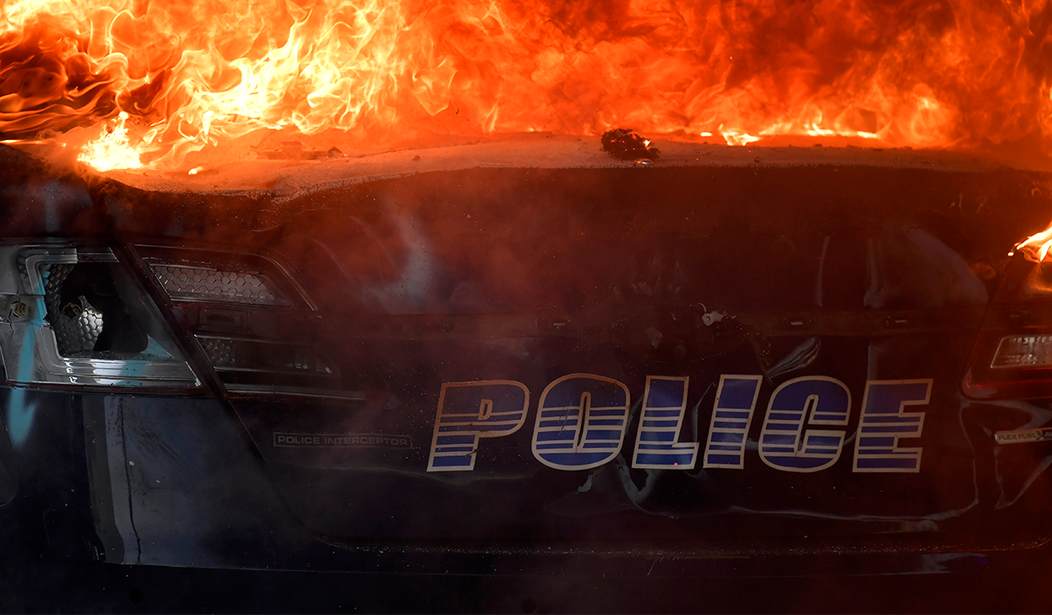
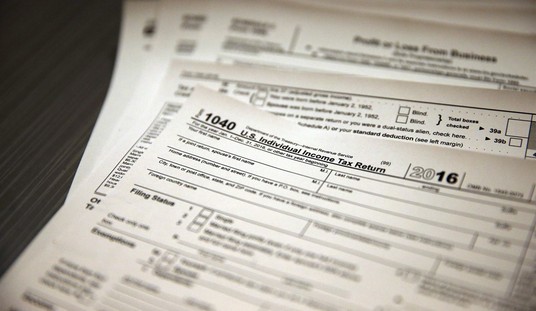
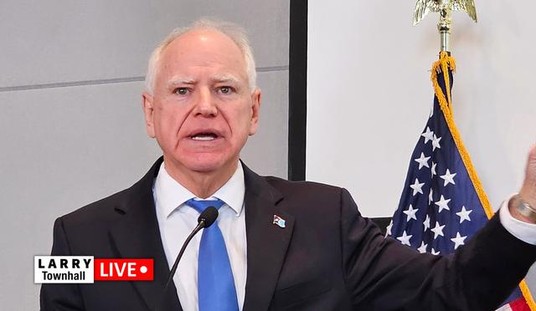


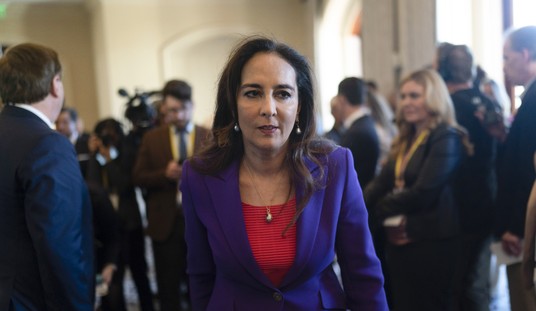







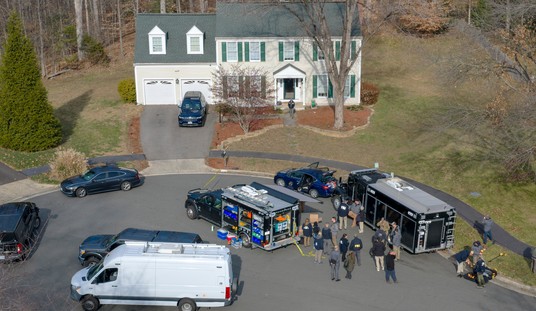
Join the conversation as a VIP Member